 August 28, 1991: The first email is sent from space using a Macintosh Portable and AppleLink software.
August 28, 1991: The first email is sent from space using a Macintosh Portable and AppleLink software.
Sent by the crew of the Atlantis space shuttle, it reads, “Hello Earth! Greetings from the STS-43 Crew. This is the first AppleLink from space. Having a GREAT time, wish you were here,…send cryo and RCS! Hasta la vista, baby,…we’ll be back!”
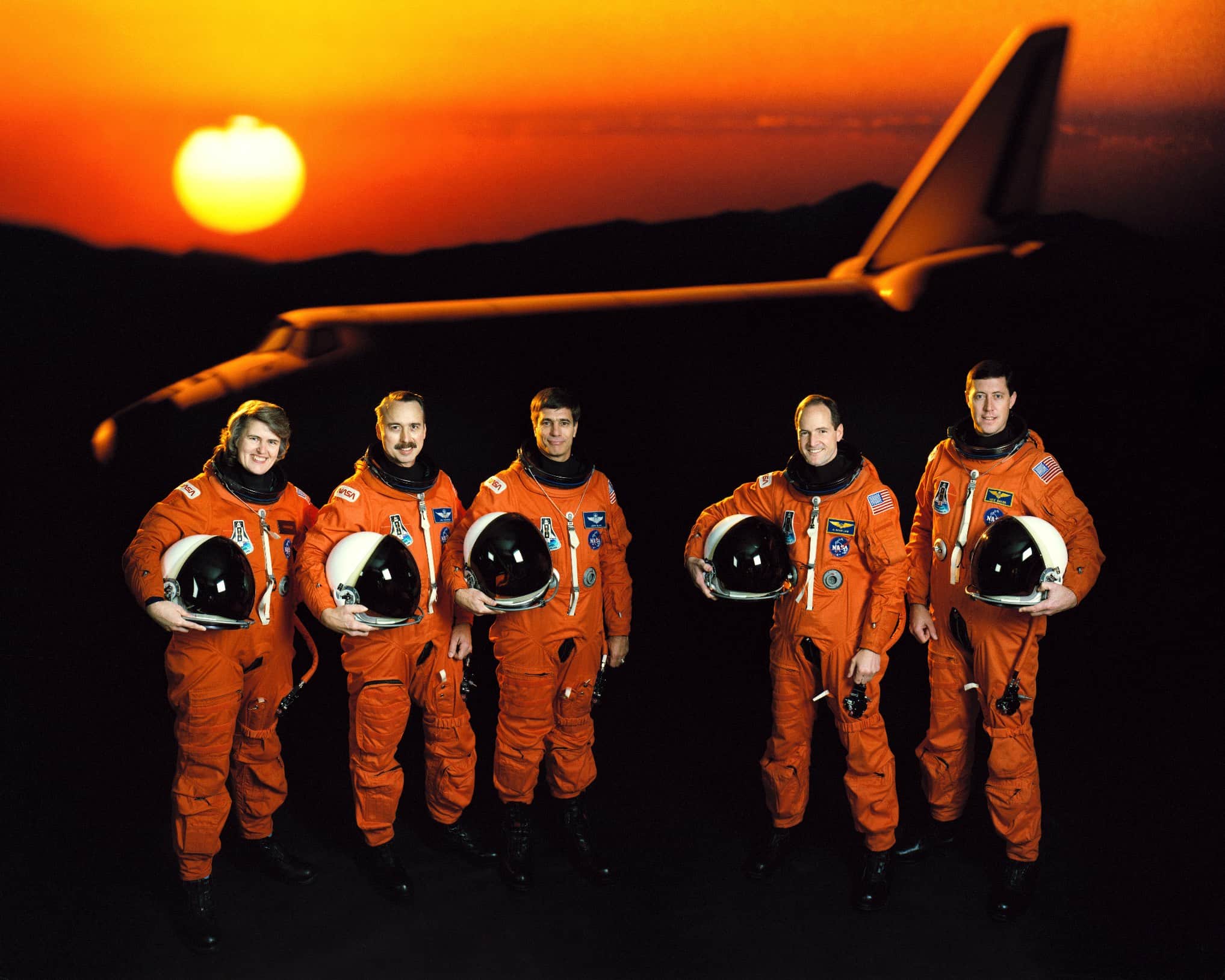
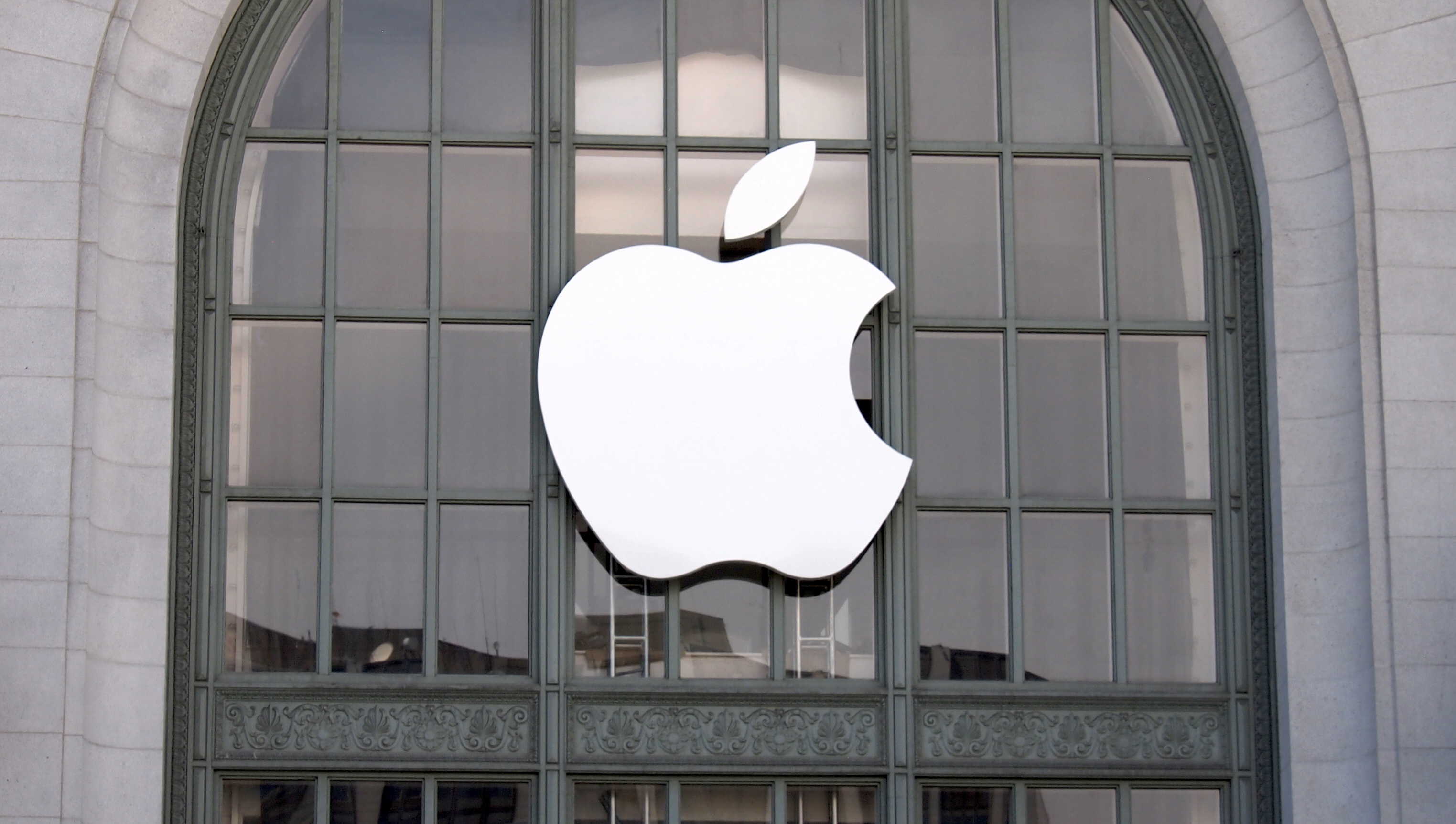
 August 27, 1999: Apple swaps out the striped, multicolored logo the company used since 1977 for a new single-color version.
August 27, 1999: Apple swaps out the striped, multicolored logo the company used since 1977 for a new single-color version.
 August 26, 1991: In their first joint interview, Steve Jobs and Bill Gates trade barbs and debate “the future of the PC” in Fortune magazine.
August 26, 1991: In their first joint interview, Steve Jobs and Bill Gates trade barbs and debate “the future of the PC” in Fortune magazine.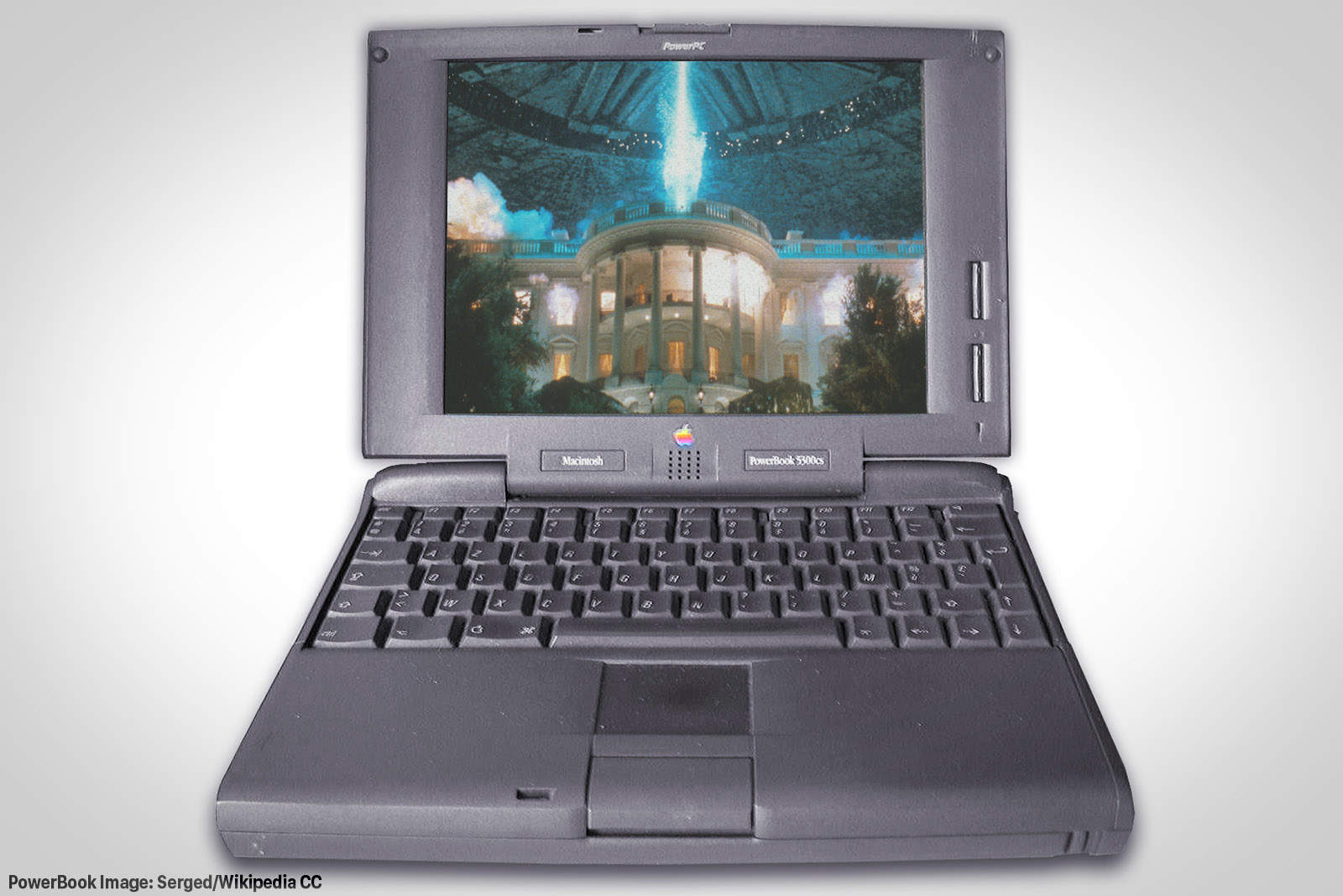
 August 25, 1995: Apple releases the PowerBook 5300, the Mac laptop that will save the world from alien invaders in the 1996 blockbuster movie Independence Day.
August 25, 1995: Apple releases the PowerBook 5300, the Mac laptop that will save the world from alien invaders in the 1996 blockbuster movie Independence Day.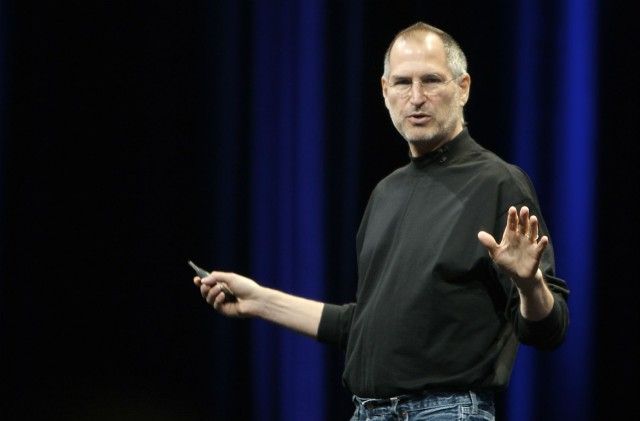
 August 24, 2011: With his health worsening, a cancer-stricken Steve Jobs steps down from his role leading Apple. Tim Cook assumes the role of Apple’s seventh CEO.
August 24, 2011: With his health worsening, a cancer-stricken Steve Jobs steps down from his role leading Apple. Tim Cook assumes the role of Apple’s seventh CEO.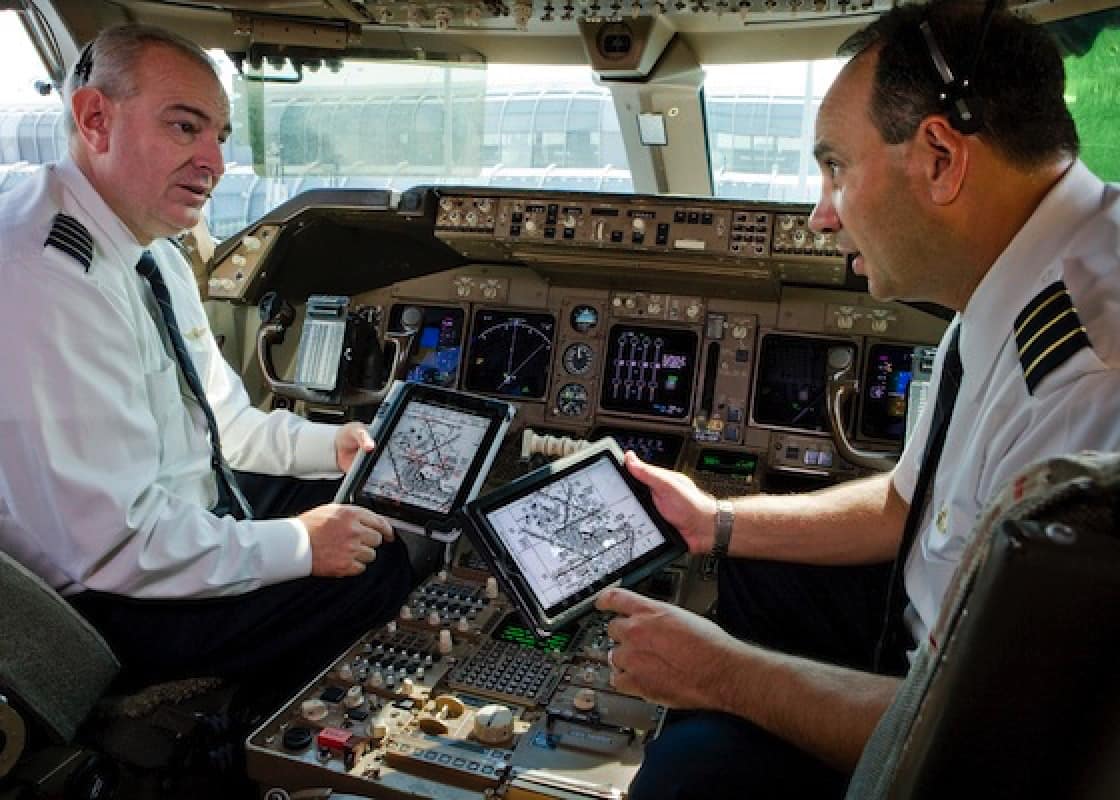
 August 23, 2011: United Airlines says it will hand out 11,000 iPads to its pilots. It’s the largest rollout yet of Apple tablets as a replacement for the weighty flight bags previously carried by aircrews.
August 23, 2011: United Airlines says it will hand out 11,000 iPads to its pilots. It’s the largest rollout yet of Apple tablets as a replacement for the weighty flight bags previously carried by aircrews.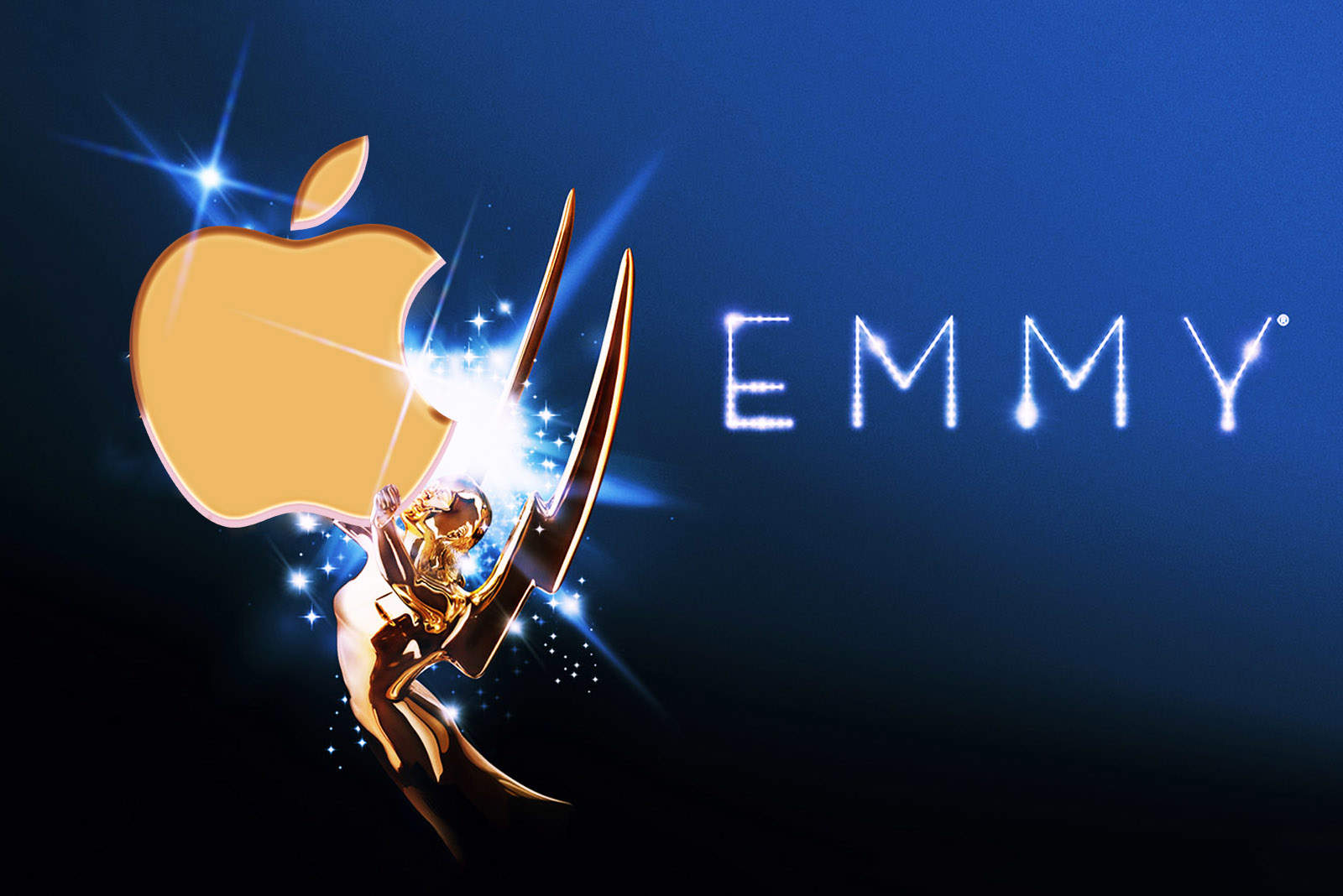
 August 22, 2001: Apple takes home a technical Emmy for developing FireWire, the high-speed serial port that allows users to transfer data quickly between a Macintosh and another device, such as a digital camera.
August 22, 2001: Apple takes home a technical Emmy for developing FireWire, the high-speed serial port that allows users to transfer data quickly between a Macintosh and another device, such as a digital camera.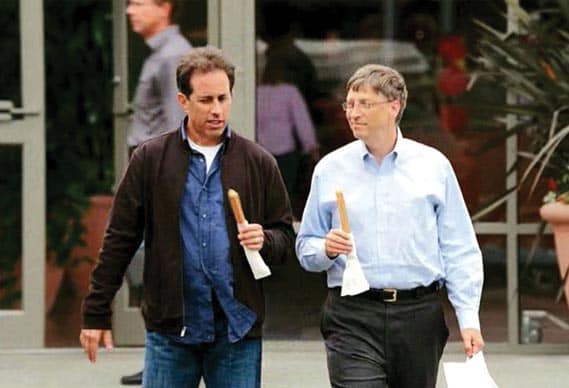
 August 21, 2008: Microsoft recruits comedian Jerry Seinfeld for a series of ads. It’s a naked attempt to shake the company’s reputation as a stodgy oldster (as opposed to Apple’s trendsetting hipster image).
August 21, 2008: Microsoft recruits comedian Jerry Seinfeld for a series of ads. It’s a naked attempt to shake the company’s reputation as a stodgy oldster (as opposed to Apple’s trendsetting hipster image).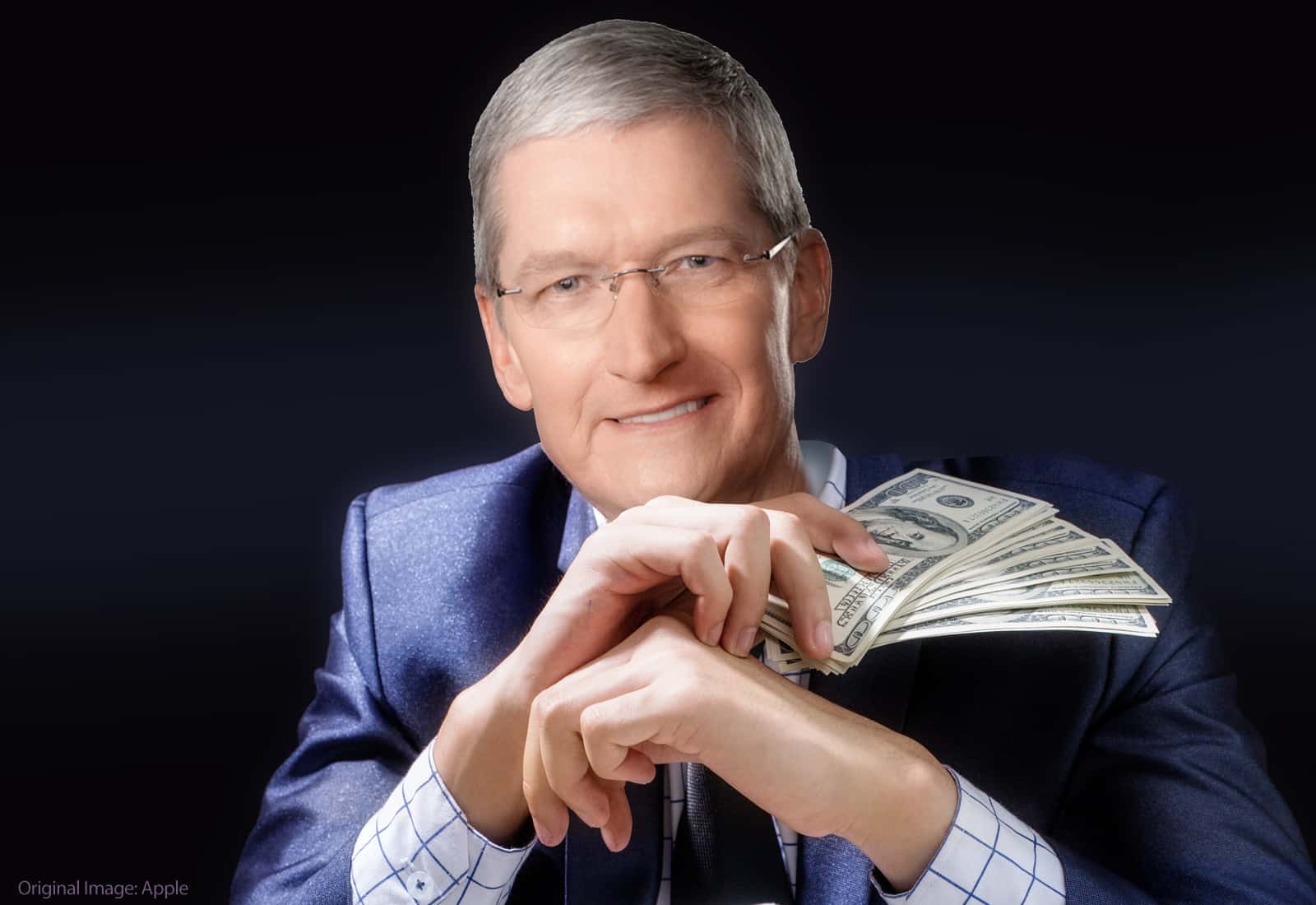
 August 20, 2012: Apple passes a financial milestone as it becomes the most valuable publicly traded stock ever.
August 20, 2012: Apple passes a financial milestone as it becomes the most valuable publicly traded stock ever.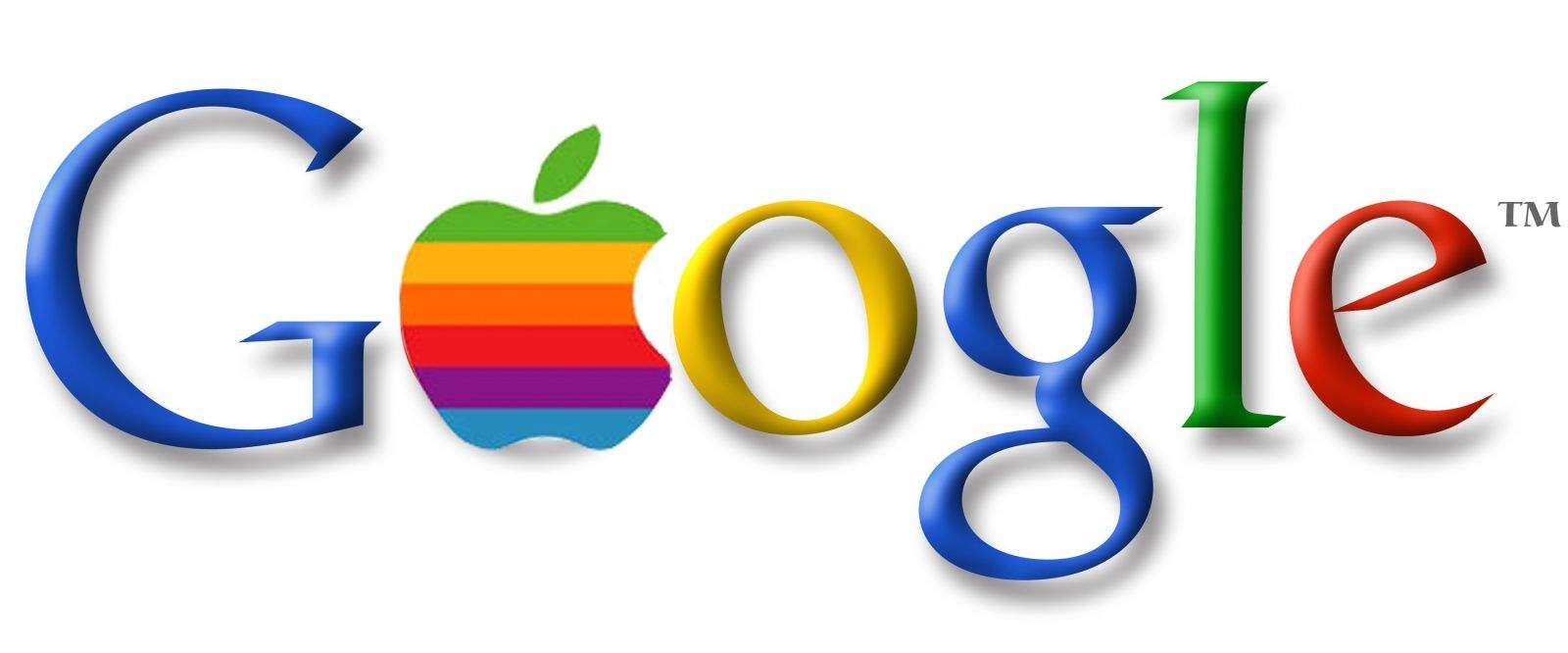
 August 19, 2004: Google floats its initial public offering on the stock market. Founders Larry Page and Sergey Brin turn into instant billionaires as the Google IPO cements the company’s status as a tech giant.
August 19, 2004: Google floats its initial public offering on the stock market. Founders Larry Page and Sergey Brin turn into instant billionaires as the Google IPO cements the company’s status as a tech giant.
 August 18, 2007: A video goes viral on YouTube when 23-year-old internet personality Justine Ezarik, aka
August 18, 2007: A video goes viral on YouTube when 23-year-old internet personality Justine Ezarik, aka 
 August 17, 2012: Steve Jobs’ stolen iPad winds up in the hands of a clown called Kenny, who performs kids shows in the San Francisco Bay Area.
August 17, 2012: Steve Jobs’ stolen iPad winds up in the hands of a clown called Kenny, who performs kids shows in the San Francisco Bay Area.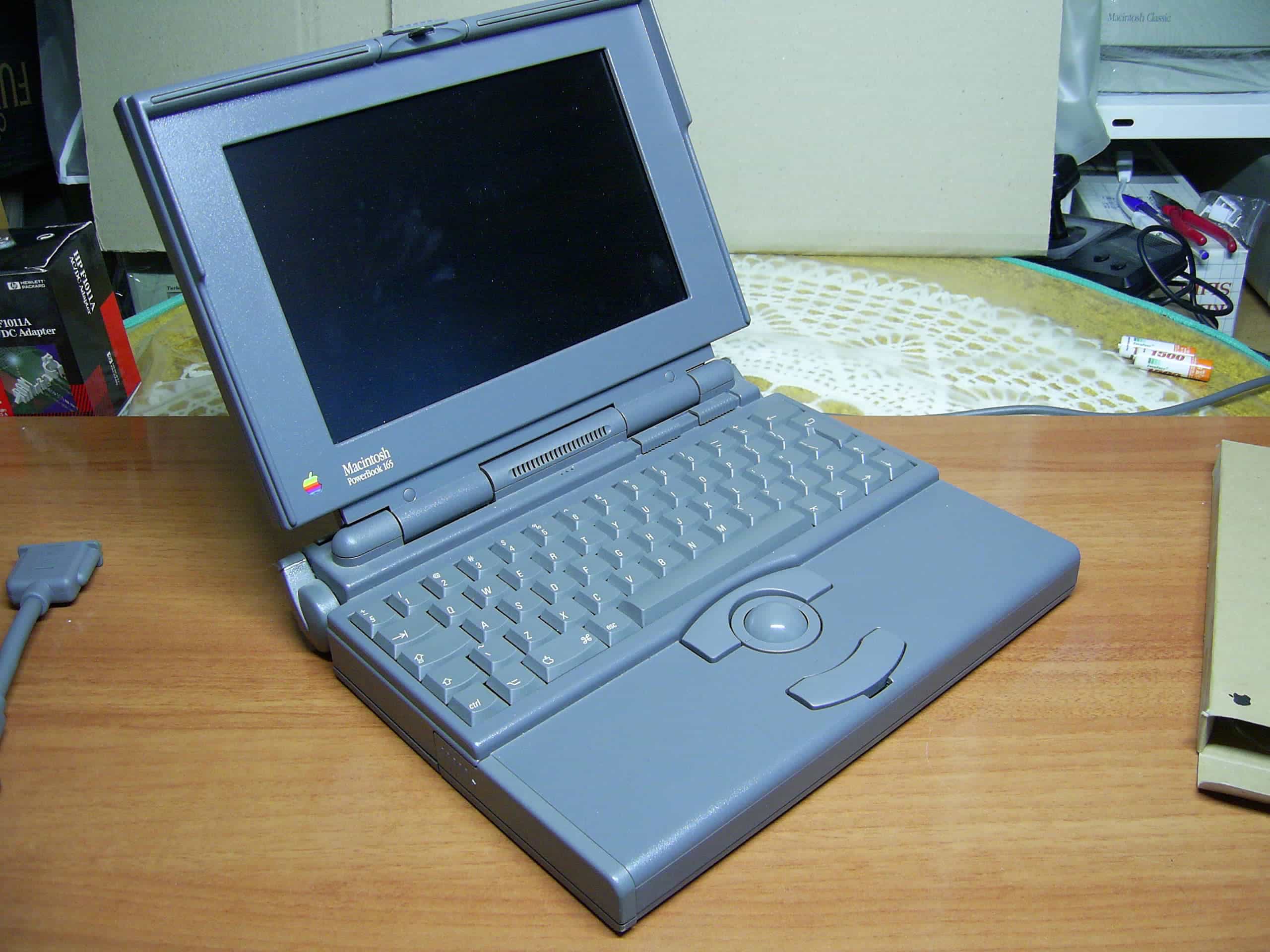
 August 16, 1993: Apple ships the PowerBook 165, a lower-cost, grayscale version of the PowerBook 165c, which was the company’s first laptop to offer a color display.
August 16, 1993: Apple ships the PowerBook 165, a lower-cost, grayscale version of the PowerBook 165c, which was the company’s first laptop to offer a color display.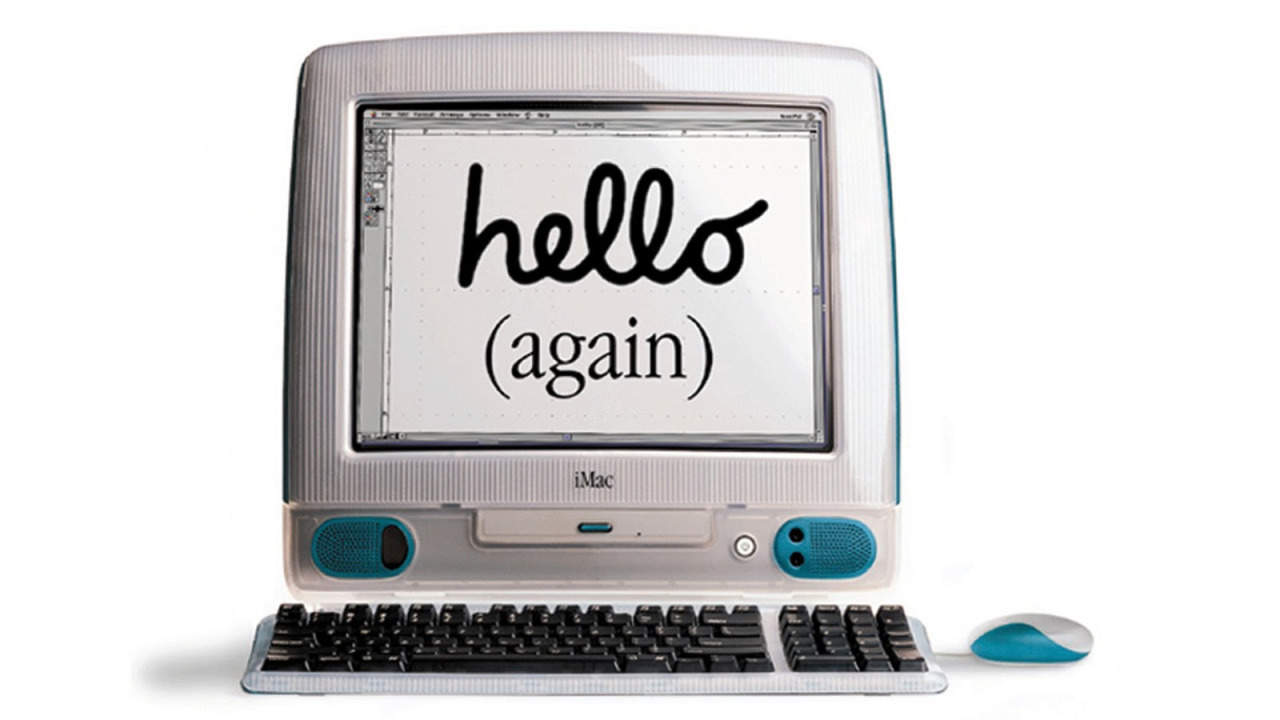
 August 15, 1998: The iMac G3 — Apple’s brightly colored, translucent Macintosh relaunch — goes on sale to a rabid audience.
August 15, 1998: The iMac G3 — Apple’s brightly colored, translucent Macintosh relaunch — goes on sale to a rabid audience.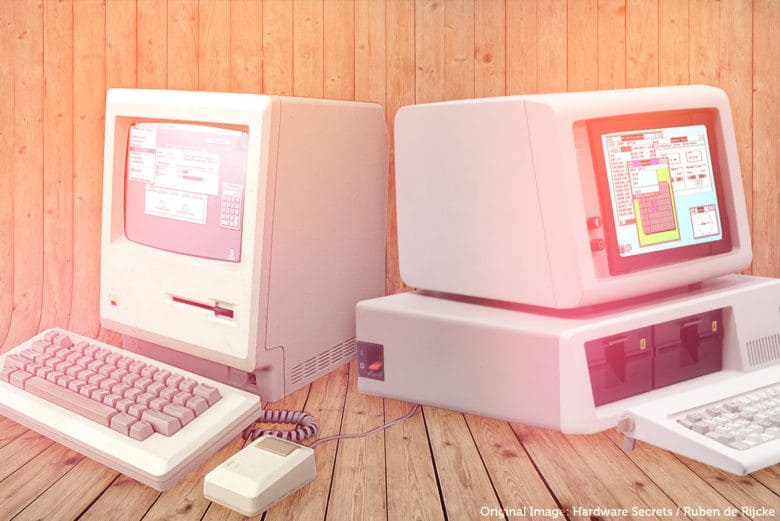
 August 14, 1991: As Apple and Microsoft head to court to battle each other, the tide begins to turn against Cupertino and its claims that Windows unlawfully copies the look and feel of Mac OS.
August 14, 1991: As Apple and Microsoft head to court to battle each other, the tide begins to turn against Cupertino and its claims that Windows unlawfully copies the look and feel of Mac OS.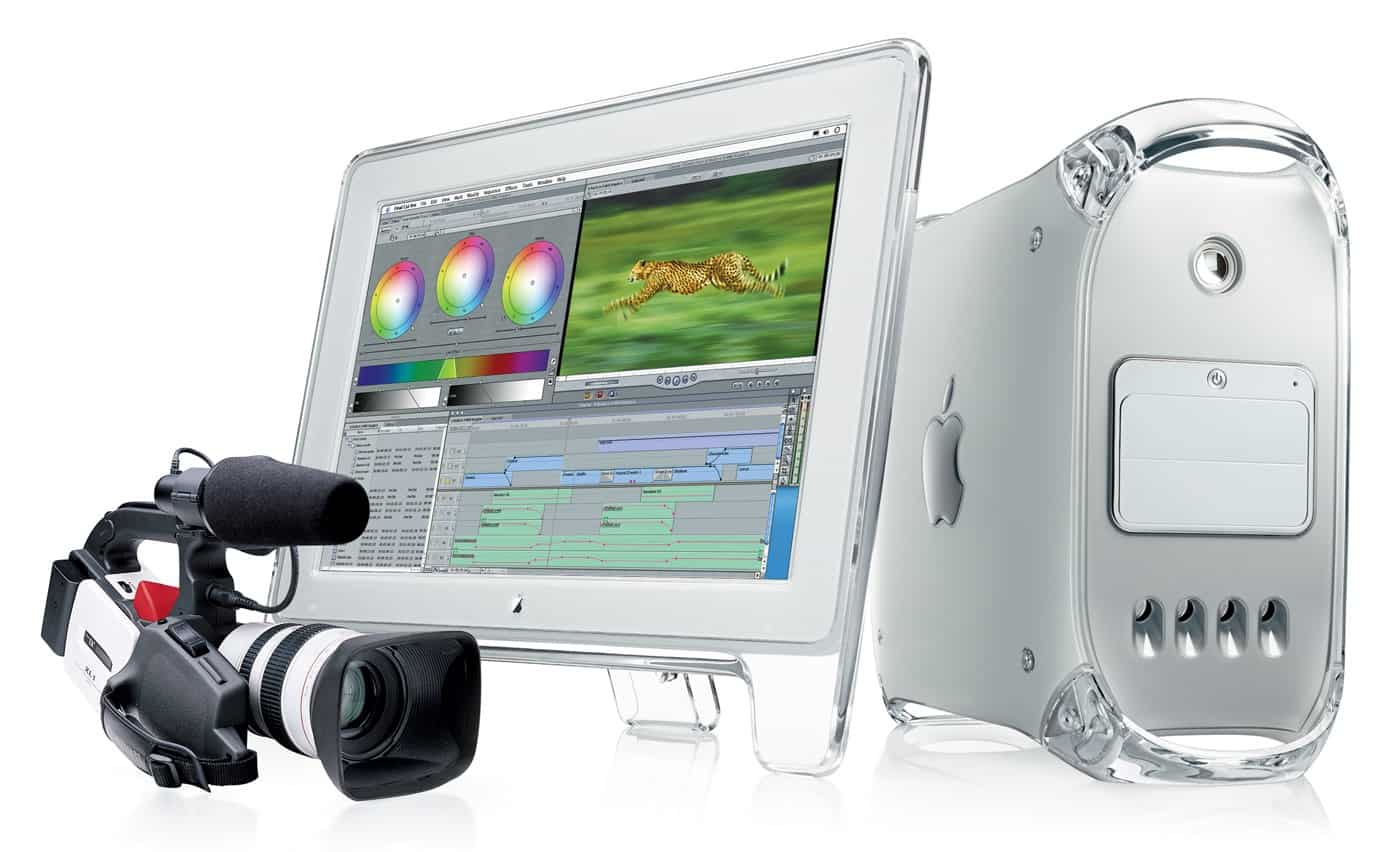
 August 13, 2002: Apple unveils the final face-lift for its Power Mac G4, the so-called “Mirrored Drive Doors” model.
August 13, 2002: Apple unveils the final face-lift for its Power Mac G4, the so-called “Mirrored Drive Doors” model.
 August 12, 1981: The launch of the IBM Personal Computer ignites a long-running Apple-versus-PC rivalry.
August 12, 1981: The launch of the IBM Personal Computer ignites a long-running Apple-versus-PC rivalry.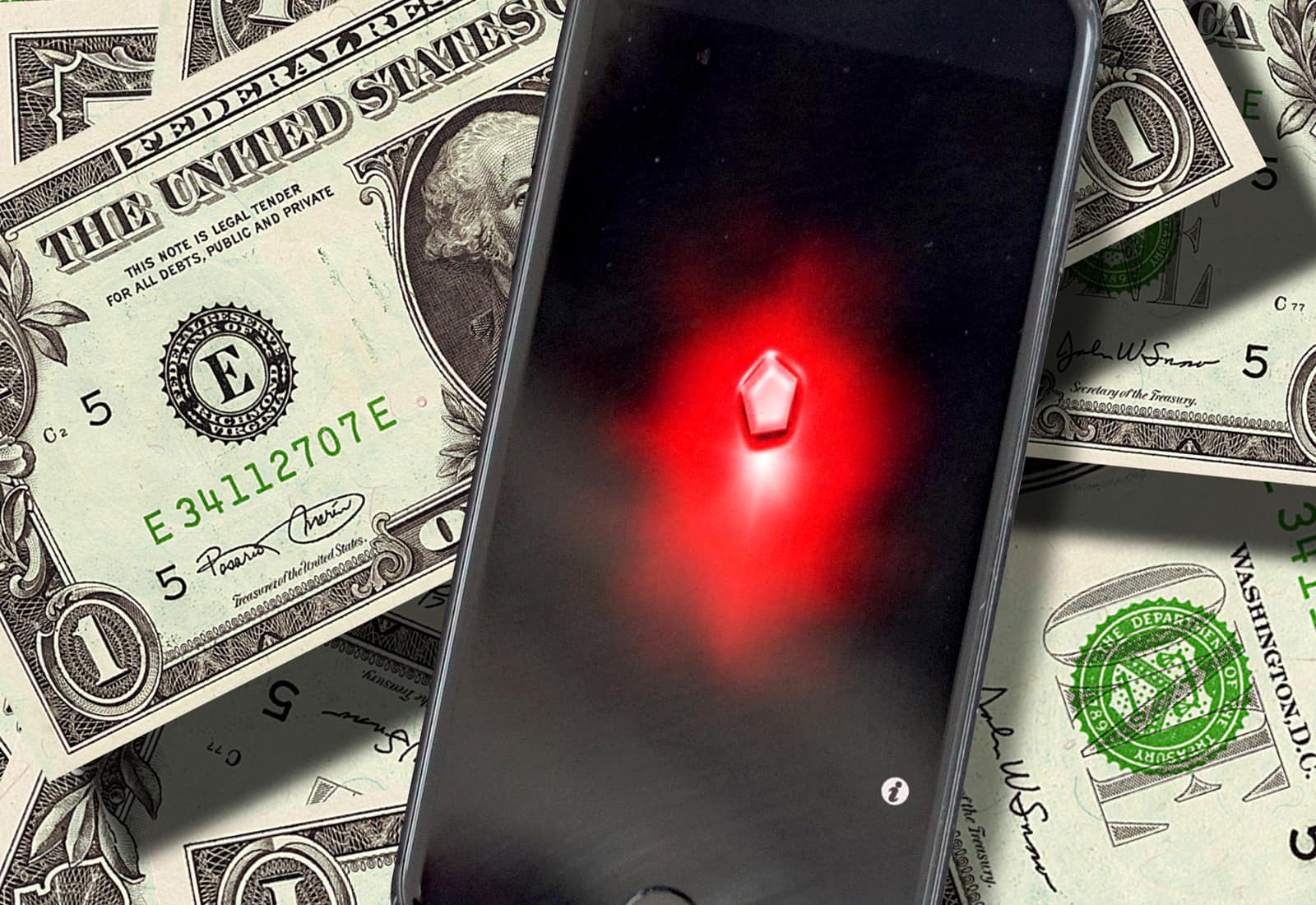
 August 10, 2008: The developer of I Am Rich, a pointless iPhone app that sold for a whopping $999.99, defends his notorious creation as “art.”
August 10, 2008: The developer of I Am Rich, a pointless iPhone app that sold for a whopping $999.99, defends his notorious creation as “art.”
 August 9, 2011: Apple overtakes oil giant ExxonMobil to become the world’s most valuable publicly traded company.
August 9, 2011: Apple overtakes oil giant ExxonMobil to become the world’s most valuable publicly traded company.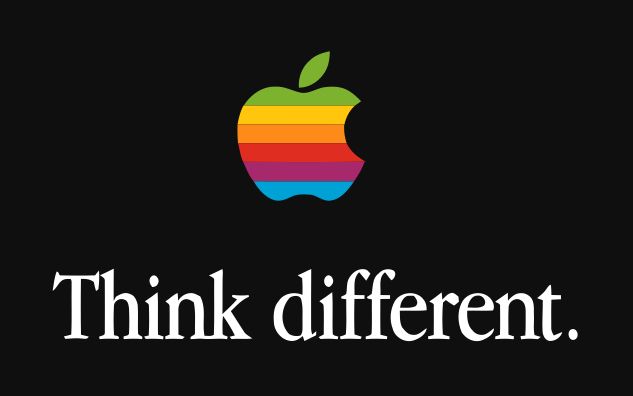
 August 8, 1997: At Macworld Expo, Steve Jobs introduces the world to Apple’s new slogan, “Think different.” The catchy marketing reassures fans that Apple is
August 8, 1997: At Macworld Expo, Steve Jobs introduces the world to Apple’s new slogan, “Think different.” The catchy marketing reassures fans that Apple is 
 August 7, 2006: Apple unleashes the first Mac Pro, a high-end desktop computer that completes the company’s transition from PowerPC to Intel processors.
August 7, 2006: Apple unleashes the first Mac Pro, a high-end desktop computer that completes the company’s transition from PowerPC to Intel processors.
 August 6, 1997: In one of the most famous moments in Apple history, Steve Jobs reveals that Microsoft invested $150 million in its rival.
August 6, 1997: In one of the most famous moments in Apple history, Steve Jobs reveals that Microsoft invested $150 million in its rival.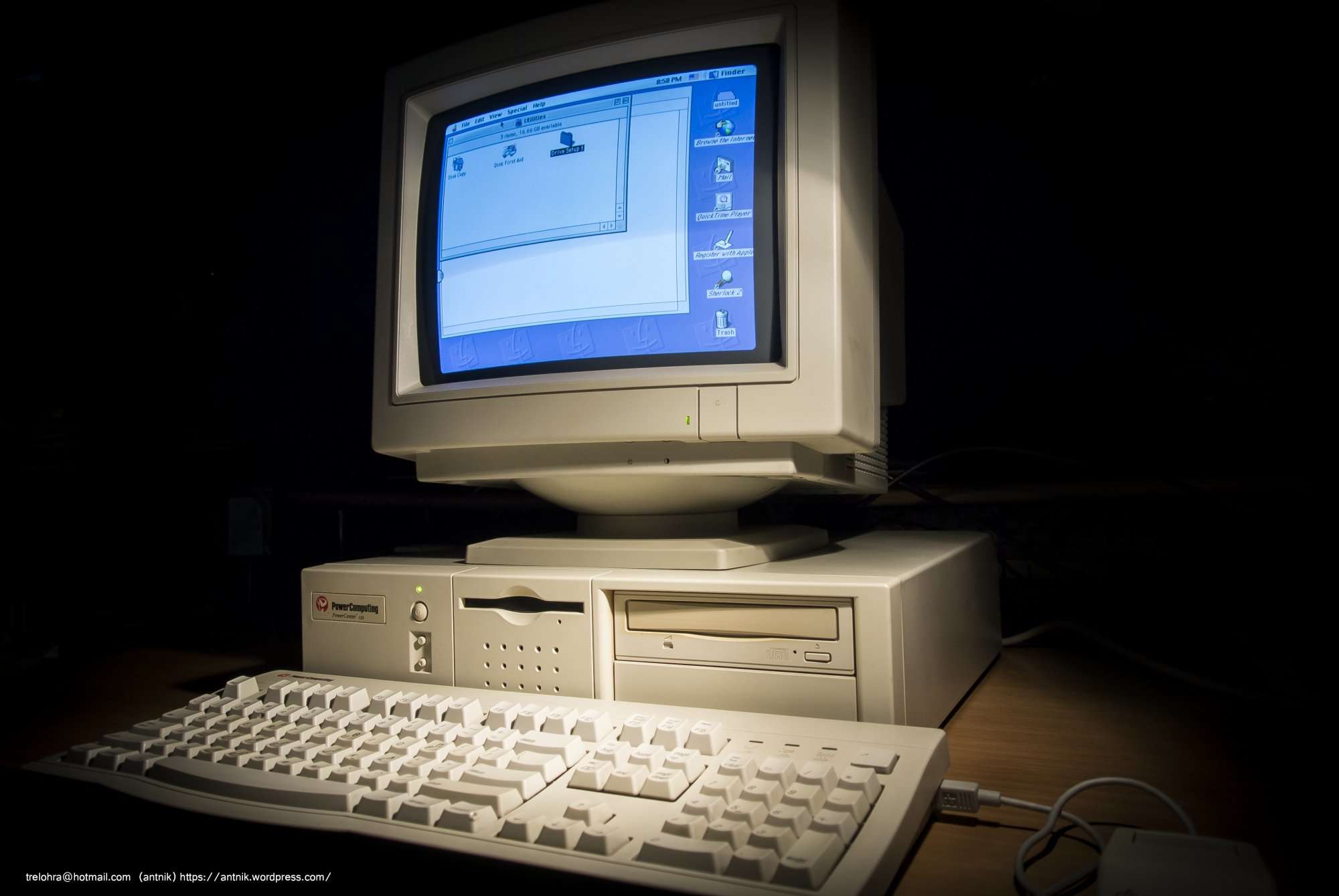
 August 5, 1997: Apple gets into a standoff with Power Computing, a maker of Macintosh clones. It marks the beginning of the end for Apple’s mid-’90s strategy of licensing the Mac operating system.
August 5, 1997: Apple gets into a standoff with Power Computing, a maker of Macintosh clones. It marks the beginning of the end for Apple’s mid-’90s strategy of licensing the Mac operating system.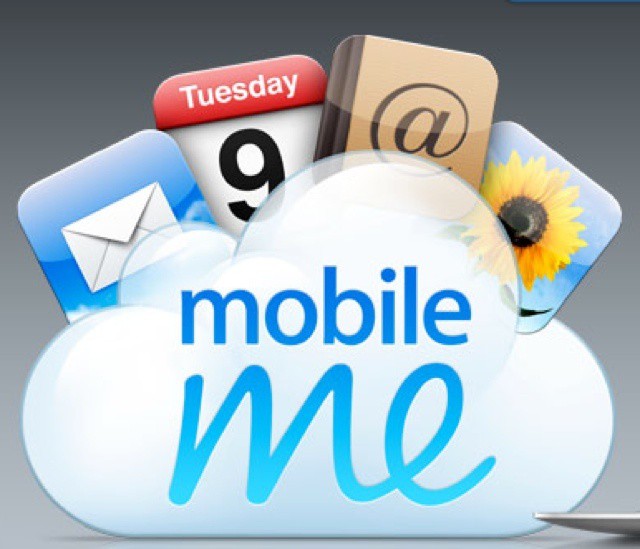
 August 4, 2008: Steve Jobs owns up to mistakes in launching MobileMe, spinning Apple’s bungled cloud service rollout as a learning opportunity.
August 4, 2008: Steve Jobs owns up to mistakes in launching MobileMe, spinning Apple’s bungled cloud service rollout as a learning opportunity.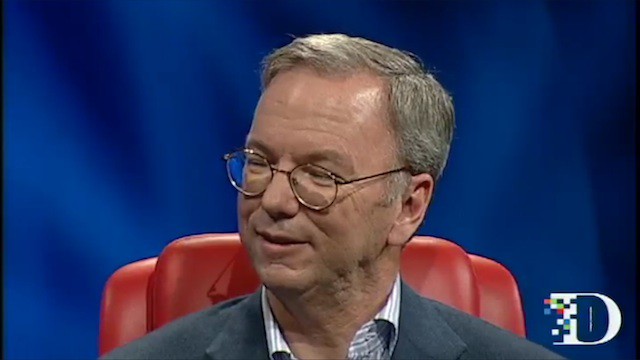
 August 3, 2009: Google CEO Eric Schmidt resigns from Apple’s board of directors amidst increasing competition between the two companies.
August 3, 2009: Google CEO Eric Schmidt resigns from Apple’s board of directors amidst increasing competition between the two companies.